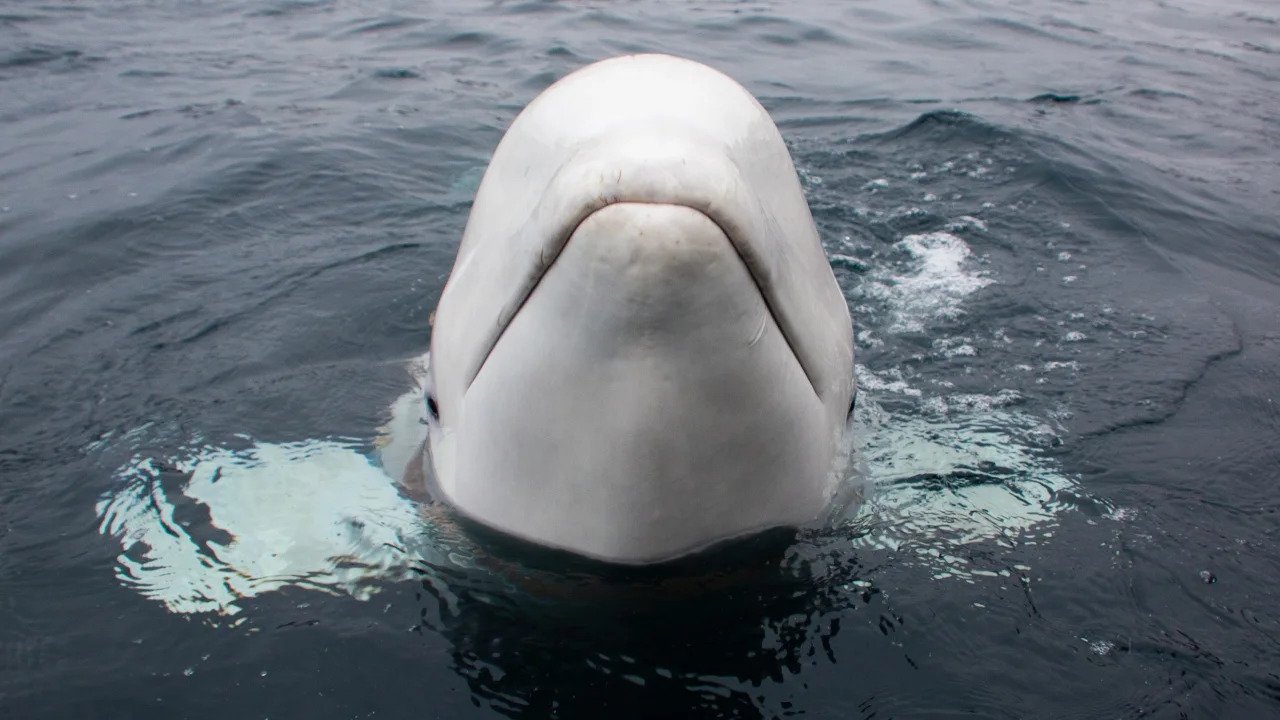According to the Norwegian Directorate of Fisheries, people should “avoid interaction” with a famous beluga whale to prevent unintentionally harming or killing it.
The whale, known as Hvaldimir, gained notoriety worldwide in 2019 after it was discovered to be sporting a custom-made harness with camera mounts. This observation led experts to speculate that the Russian military may have trained the whale.
The directorate said that Hvaldimir “tends to stay at farms where it has been able to catch fish, grazing on surplus feed” and has “been traveling along the Norwegian coast” with a few breaks along the route since 2019.
Hvaldimir is known to accompany boats and interact with passengers.
According to the Directorate, the whale, a protected species in Norway, is currently residing in the inner Oslofjord.
It said this “means it has landed in a highly heavily populated area, and the risk that the whale may be damaged due to human interaction has become much larger.”
On Wednesday, Fisheries Director Frank Bakke-Jensen stated that “so far, there have only been small occurrences where the whale has sustained minor injuries, usually from contact with boats.”
Nevertheless, he advised people to stay their distance because “the whale is gentle and used to being around people,” he said.
To prevent the whale from being hurt or killed by boat traffic in the worst-case scenario, Bakke-Jensen urged boaters to maintain a safe distance. If the whale should be kept in captivity, given the risks, Bakke-Jensen was consulted.
The official said that the whale in question is a free-living species, and we have always stated that we do not see any justification for capturing it and imprisoning it.
Bakke-Jensen continued, “We will examine new approaches, however, as the whale is now “in a more susceptible area and access to food may be limited.” But it’s too early to make any strong statements at this time.
When the whale reaches the end of the Oslofjord, the Directorate of Fisheries will keep an eye on its progress in the hope that it will turn around.
According to CNN, the harness appeared to be “specially built”. It featured “mounts for GoPro cameras on each side,” according to marine biologist Jorgen Ree Wiig of Norway’s Directorate of Fisheries.
Wiig said the navy has “been known to train belugas to execute military tasks before, such guarding naval bases, assisting divers, and retrieving lost equipment.”



